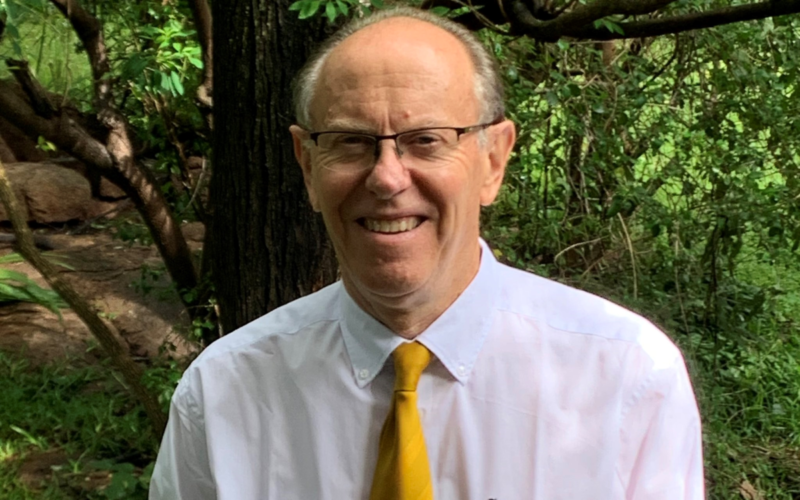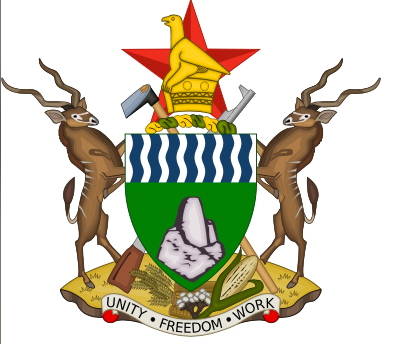Claim: Minister Ziyambi Ziyambi claimed the current water shortages in Bulawayo are caused by an outdated water reticulation system.
Verdict: Misleading
During a parliamentary session on Wednesday, Minister of Justice, Legal, and Parliamentary Affairs Ziyambi Ziyambi, also leader of the government business, responded to queries on why the government had not declared Bulawayo a water shortage area.
He claimed that Bulawayo’s water shortages in the city were primarily due to an outdated water reticulation system, rather than a lack of raw water availability.
“We have several projects that we are doing to ensure that we get water in the region. One of the projects that we are doing is Gwayi-Shangani Dam. Once that is complete, we will solve the problem of water. What we have realised is that the current water shortages in Bulawayo is not because of insufficient raw water availability, but we have the water reticulation system that is now outdated,” Ziyambi said.
Ziyambi further stated that the government planned to upgrade the water reticulation system in Bulawayo as part of broader efforts to address the city’s water crisis.
“We agreed that going forward, instead of having several projects scattered around the country, let us focus on one particular area and we completely refurbish and move to the other. In our programming, we are now going to start with Bulawayo because we need to remove all the pipes and re-do the water reticulation to ensure continuous sustenance of water delivery,” he said.
“So, that is the programme that is going to happen but it is not a programme that will be completed overnight. However, we have committed ourselves to say let us start with Bulawayo, even before the completion of Gwayi-Shangani and make sure that the water reticulation system is upgraded,” he said.
However, Ziyambi’s claim that Bulawayo’s water shortages are primarily due to an outdated reticulation system overlooks a critical aspect of the city’s water crisis: the severe shortage of raw water.
City officials, including Bulawayo Mayor David Coltart, have repeatedly emphasised that the city is facing a significant deficit in raw water, with supply dams currently at critically low levels worsened by the El Niño induced drought.
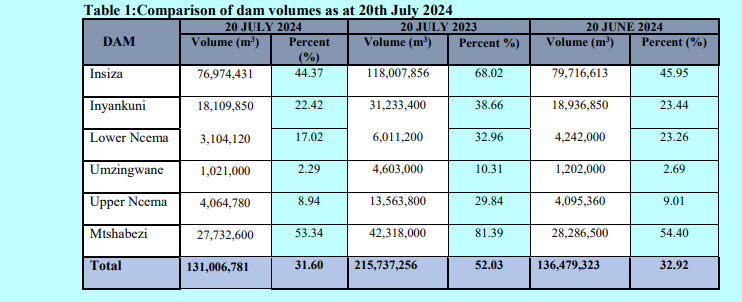
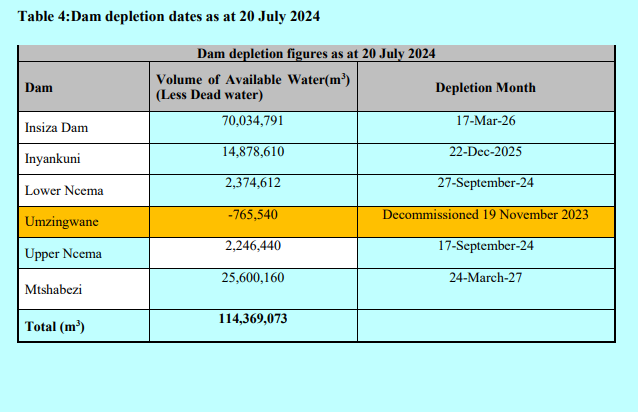
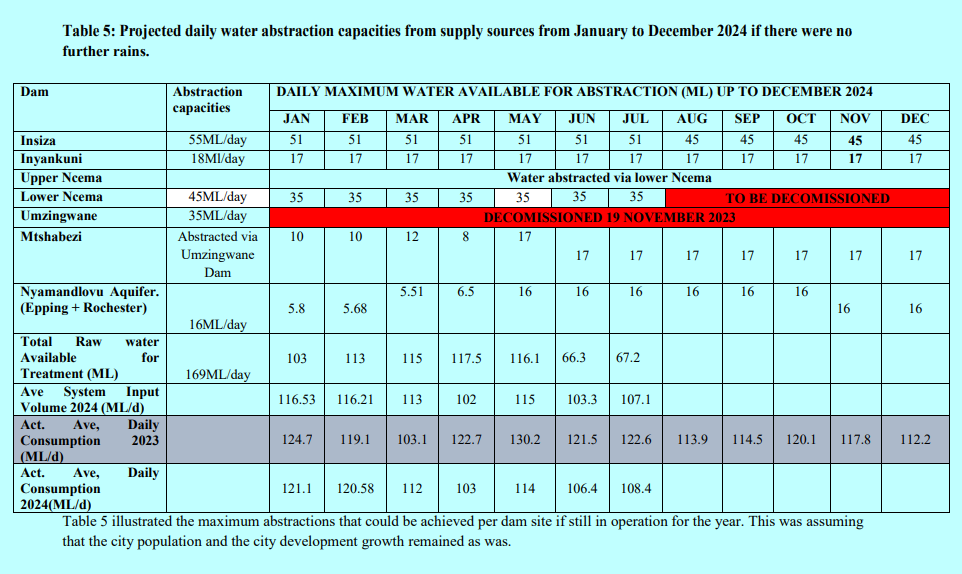
Read: https://cite.org.zw/why-byo-needs-to-be-declared-a-water-shortage-area/
As of late July 2024, Bulawayo’s supply dams were at just 31.60 percent capacity, which has dropped further to 29 percent according to recent reports.
This shortage is a major factor in the city’s ongoing water crisis, contrary to the minister’s suggestion that the primary issue lies with the reticulation system.
During a recent tour of Mzingwane project sites in July, Mayor Coltart highlighted the urgency of addressing the raw water shortage, noting that the city’s water supply infrastructure cannot function effectively without an adequate raw water supply.
“As wonderful as the Mzingwane pump station is, it cannot logically pump water coming from downstream, so it needed a diversionary pipeline to come upstream. The pump station pumps water from the Mzingwane water, which is empty. Our engineers, supported by the technical committee, have agreed that it is not just a question of upgrading the pumps,” he said.
“You have to divert this pipeline in the river upstream of this pump station so that these new pumps can then pump that water, and that is critical.”
The mayor also called for the immediate release of the remaining funds promised by the government, amounting to US$14 million, which are crucial for the completion of essential rehabilitation works.
The government had only released US$1.5 million.
“This must be done now, ideally within weeks. Unfortunately, because we have not received the further amount promised by the government, we don’t have the funding to do that diversion. Until there is a diversionary pipeline, the Mzingwane pump station will sit idle,” the Bulawayo mayor warned.
Engineer Leon Sayo, project manager at Pump Systems Africa, the contractor at Mzingwane Pump Station, explained they were replacing the pumps, suction, and discharge fittings, and installing flow monitoring systems to address the current water shortages, including leakages and water quantity issues.
Eng. Sayo also explained that the whole water system is like a chain.
“We all know the famous statement that a chain is only as strong as its weakest link. It is important to say the City of Bulawayo is looking at this problem holistically, not just focusing on one pump station,” said the contractor.
“What the mayor emphasized is quite critical. We have to go through the whole system and fix the whole chain. Even from a technical point of view, putting in an upgraded state-of-the-art system when we don’t have water will not serve any purpose,” he said.
Read: https://cite.org.zw/bulawayos-pump-stations-get-critical-upgrades/
Conclusion:
While Bulawayo does face challenges with its aging water reticulation system, Ziyambi’s claim that the city’s water shortages are not due to insufficient raw water is misleading.
The city’s critical shortage of raw water remains the central issue, necessitating urgent government intervention and investment.



